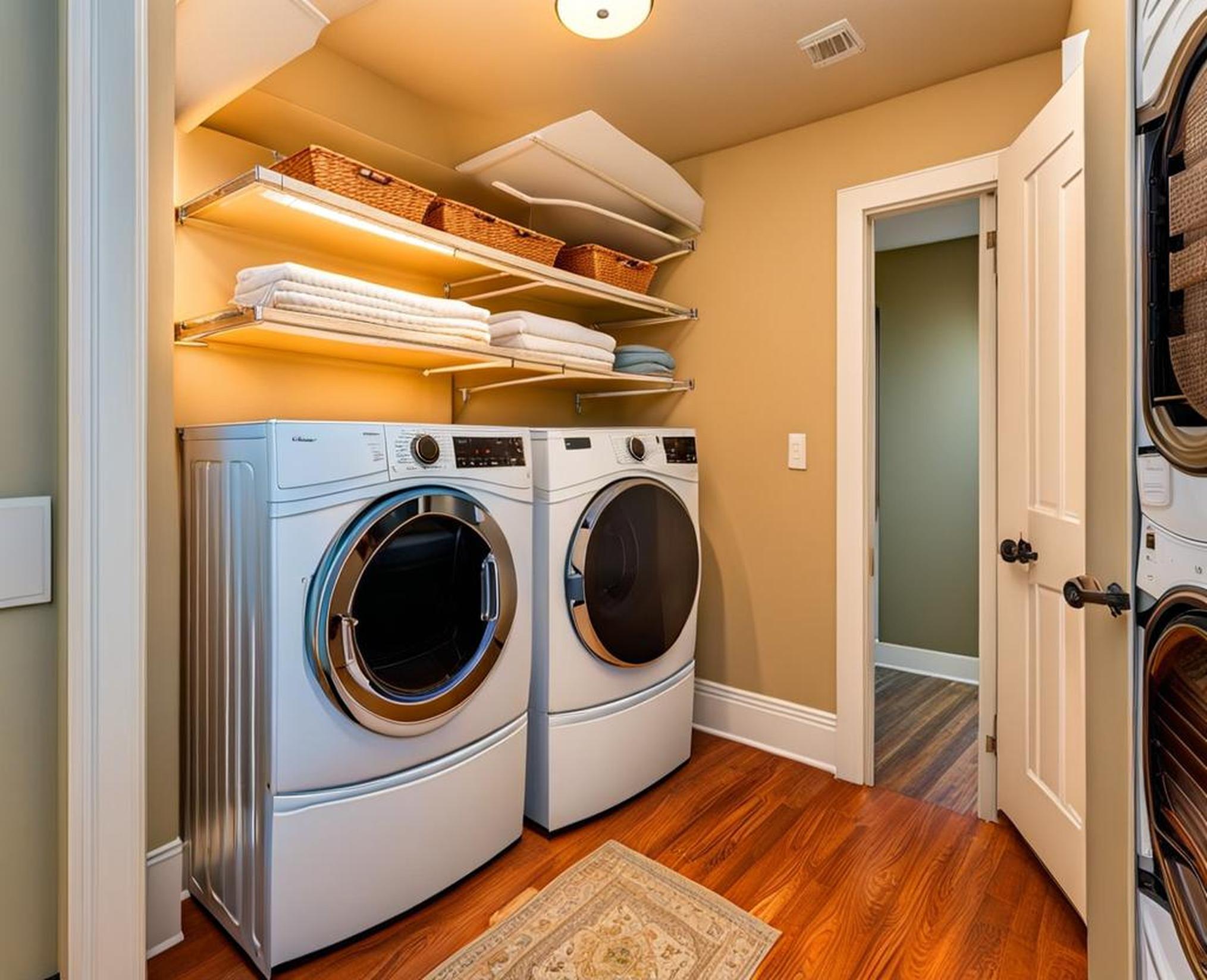Is your dryer growing cold and leaving clothes damp midway through the cycle? Intermittent heat issues can be terribly frustrating when you need to get the laundry done. But don’t worry – with a bit of troubleshooting, you can get to the bottom of what’s causing your dryer to suddenly stop heating properly.
When Heat Cuts Out During Drying Cycles
If your dryer starts out nice and hot but leaves clothes cold and wet later into the running time, the most likely explanations are:
- Blocked ventilation causing poor airflow
- Thermal fuses tripping from overheating conditions
Both situations can develop over time and activate intermittently. Let’s examine them more closely.
Lint Accumulation Hinders Air Circulation
For any dryer to operate effectively, it needs ample airflow both inside the drum and throughout the ventilation ductwork along the back and outside of the machine. Hot air blows the moisture out of fabrics. Without a strong stream, clothes take much longer to dry.
| Over months and years of use, lint escapes the drum and collects inside the vent lines. The gradual buildup starts restricting optimal airflow. The more clogged the pipes get, the poorer it circulates, and heat dissipates instead of properly venting outside. |
Many homeowners only notice the reduced airflow once ducts become significantly blocked. And frequently, it’s not until partway through longer or bigger loads that airflow drops low enough to hamper drying.

Telltale Signs of Ventilation Restrictions
How can you determine if poor circulation is the true culprit behind your mid-run heat loss? Start by looking for these clues:
- It takes longer cycles for clothes to fully dry
- You find wet spots still in clothing after cycles finish
- The rear vent duct feels extremely hot
- Outside lint has built up around the exterior exhaust hood
You can also perform a simple test: Hold a tissue up to the back vent while a cycle runs. Poor airflow won’t have enough strength to hold the tissue against the opening.
Getting Ventilation Back Up to Speed
If blocked vents are the root of the problem, getting monthly maintenance checks and performing diligent cleaning yourself can prevent mid-run loss of heat in the future.
Carefully detach vent piping to thoroughly remove built-up lint inside ducting and the outside exhaust hood. Replace any piping crushed flat or filled with holes allowing lint leakage. Vent extensions or expanders can also help optimize redraw and circulation velocity.
Thermal Fuses Trip Temporarily
Another common source of abrupt heat loss is from thermal fuse activation. These important safety components serve to cut power if dryers start overheating dangerously.
| Thermal fuses contain a one-time blow fuse link. If air flow drops and temperatures climb too high, the fuse will pop. This immediately cuts power to the heat source until the components can cool back down and reset the fuse link connection. |
Vent blockages most frequently cause excessive heat buildup triggering the fuse. But failed thermostats, heating elements stuck in the on position, and even large loads drying too long on high heat can also trip it.
In cases of thermal fuse cutting in and out during cycles, examine venting carefully for clogs. The root cause likely lies with substantial lint restricting airflow and making operating temps spike.
Now that you know what causes dryers to suddenly stop heating mid-run, you can tackle intermittent loss problems through better machine maintenance.
Regular vent cleaning, lint filter care, and checking your external exhaust flap can go a long way. Thermal fuses may still kick in at times but should reset once airflow resumes and components cool.
